

Articles
How To Store A Head Of Lettuce
Modified: February 19, 2024
Learn how to properly store a head of lettuce to keep it fresh and crisp for longer. Our articles provide helpful tips and tricks for storing lettuce to prevent wilting and spoilage.
(Many of the links in this article redirect to a specific reviewed product. Your purchase of these products through affiliate links helps to generate commission for Storables.com, at no extra cost. Learn more)
Introduction
Welcome to our comprehensive guide on how to store a head of lettuce. If you love having crisp and fresh lettuce for your salads or sandwiches, then understanding the proper storage methods is essential. By following the right steps, you can extend the shelf life of your lettuce and prevent it from wilting or becoming soggy too quickly.
Properly storing lettuce not only ensures its freshness but also helps retain its nutritional value. Lettuce contains valuable vitamins and minerals that are beneficial for our health, such as vitamin A, vitamin C, and folic acid. By storing it correctly, we can maximize its lifespan and enjoy its crisp texture and vibrant flavor for longer periods.
In this guide, we will take you through a step-by-step process on how to store a head of lettuce effectively. Whether you grow your own lettuce or buy it from the local market, these storage techniques will help you maintain its quality and prolong its freshness.
So, let’s dive in and explore the best practices for storing lettuce!
Key Takeaways:
- Extend the lifespan of your lettuce by choosing a firm, vibrant head, and following proper storage steps. Enjoy crisp, fresh lettuce for salads and meals while preserving its nutritional value.
- Revive wilted lettuce with a cold water soak and ice bath, ensuring minimal waste and maximum freshness. Store lettuce like a pro and say goodbye to limp, spoiled greens!
Read more: How To Store Lettuce
Why Proper Storage Matters
Proper storage of a head of lettuce is crucial for maintaining its freshness and quality. When lettuce is not stored correctly, it can quickly wilt, become limp, and lose its crispness. Here are some reasons why proper storage matters:
- Prolongs Freshness: Storing lettuce properly helps to extend its shelf life, allowing you to enjoy fresh and crisp lettuce for a longer period.
- Maintains Nutritional Value: Lettuce is packed with beneficial vitamins and minerals. By storing it correctly, you can preserve its nutritional value and enjoy all the health benefits it provides.
- Prevents Spoilage: Improperly stored lettuce is more prone to spoilage and can develop a slimy texture and unpleasant odor. Proper storage techniques help to prevent premature spoilage.
By following the right storage methods, you can ensure that your lettuce remains fresh and delicious, enhancing the taste and texture of your salads and meals.
In the next sections, we will walk you through the step-by-step process for storing a head of lettuce to maintain its freshness and quality.
Step 1: Choosing the Right Head of Lettuce
The first step in storing a head of lettuce starts with selecting the right one. When choosing a head of lettuce, look for the following characteristics:
- Firmness: Select a head of lettuce that feels firm and dense. Avoid ones that feel soft or mushy as they may already be starting to spoil.
- Crunchiness: Look for lettuce leaves that have a crisp texture. Avoid wilted or droopy leaves as they indicate that the lettuce is no longer fresh.
- Vibrant Color: Choose lettuce with vibrant and bright colors. Avoid heads that have browning or yellowing leaves.
- Undamaged Leaves: Inspect the head of lettuce for any signs of damage or decay. Avoid heads with brown or slimy spots.
By selecting a fresh and high-quality head of lettuce, you are setting the foundation for successful storage. Remember to handle the lettuce with care to avoid bruising or damaging the leaves.
Once you have chosen the perfect head of lettuce, it is time to move on to the next step: preparing it for storage.
Step 2: Preparing the Head of Lettuce
Preparing the head of lettuce before storage is an important step to ensure its freshness and quality. Follow these simple steps to prepare the lettuce:
- Rinse and Dry: Start by rinsing the head of lettuce under cool water. Gently remove any dirt or debris from the leaves. Pat dry the lettuce using a clean kitchen towel or paper towels. Make sure to thoroughly dry the lettuce as excess moisture can promote spoilage.
- Remove Outer Leaves: If there are any outer leaves that appear wilted or damaged, remove them carefully. Trim off any stem or brown edges from the remaining leaves.
- Separate the Leaves: Depending on your preference, you can choose to keep the head of lettuce intact or separate the leaves. Separating the leaves can make it easier to access and use the lettuce later.
By rinsing, drying, and preparing the head of lettuce, you are removing any potential contaminants and ensuring that it is in the best condition for storage. This step sets the stage for maintaining the lettuce’s crispness and flavor.
Next, let’s move on to the next step: wrapping the head of lettuce in paper towels.
Step 3: Wrapping in Paper Towels
Wrapping the head of lettuce in paper towels is a simple yet effective technique to help absorb excess moisture and keep the lettuce fresh for a longer duration. Here’s how to do it:
- Take a few paper towels: Start by taking a few sheets of paper towels. The number of sheets you need will depend on the size of the lettuce head.
- Arrange the paper towels: Lay the paper towels flat on your countertop or a clean surface. Make sure the paper towels are slightly larger than the size of the lettuce head.
- Place the lettuce head: Put the prepared head of lettuce in the center of the paper towels. Fold the sides of the paper towels over the lettuce, covering it completely.
- Secure with tape or elastic band: To keep the paper towels in place, you can use a piece of tape or an elastic band to secure them around the lettuce.
Wrapping the lettuce in paper towels helps to absorb excess moisture, which can cause the lettuce to become soggy and wilted. The paper towels act as a barrier to prevent the moisture from reaching the lettuce leaves and thereby maintain their crispness.
Once wrapped, it’s time to move on to the next step: placing the lettuce in a plastic bag.
To store a head of lettuce, wrap it in a paper towel and place it in a resealable plastic bag. Squeeze out excess air and store in the crisper drawer of the refrigerator to keep it fresh for longer.
Read more: How To Store Lettuce For Winter
Step 4: Placing in a Plastic Bag
After wrapping the head of lettuce in paper towels, it’s time to place it in a plastic bag. The plastic bag will help create a controlled environment and prevent moisture loss. Here’s what you need to do:
- Choose a plastic bag: Select a clean and sturdy plastic bag that is large enough to accommodate the wrapped head of lettuce. A resealable bag or a produce bag works well for this purpose.
- Open the bag: Open the plastic bag and ensure it is clean and free from any moisture or debris.
- Put the wrapped lettuce in the bag: Carefully place the wrapped head of lettuce into the plastic bag, making sure it fits comfortably with some extra space for air circulation.
- Seal the bag: Seal the bag tightly to create a closed and controlled environment. If you are using a resealable bag, press out any excess air before sealing it.
Placing the wrapped lettuce in a plastic bag helps to create a humid environment within the bag. This helps to prevent the lettuce from drying out while maintaining the ideal level of moisture to keep it fresh.
With the lettuce securely placed in a plastic bag, let’s move on to the next step: storing it in the refrigerator.
Step 5: Storing in the Refrigerator
Storing the wrapped head of lettuce in the refrigerator is crucial for maintaining its freshness and extending its shelf life. Follow these steps to store the lettuce properly:
- Clean the refrigerator: Before placing the lettuce in the refrigerator, make sure the refrigerator shelves are clean and free from any spills or odors.
- Choose the right spot: Find a spot in the refrigerator that maintains a consistent temperature. The crisper drawer is typically a good place to store lettuce as it provides adequate humidity.
- Place the bagged lettuce in the refrigerator: Carefully place the bagged head of lettuce in the chosen spot in the refrigerator. Make sure it is not squeezed or crowded by other items.
- Avoid proximity to ethylene-producing fruits: Keep the bagged lettuce away from ethylene-producing fruits like apples or bananas. Ethylene gas can accelerate the wilting process of lettuce.
It is important to note that storing lettuce at temperatures below 40°F (4°C) can cause the leaves to become damaged and develop ice crystals. Therefore, it’s best to keep the refrigerator temperature between 35-38°F (2-3°C).
By storing the wrapped lettuce in the refrigerator, you can maintain its freshness and crispness for up to a week or sometimes even longer, depending on the lettuce variety.
Next, let’s move on to the next step: checking for freshness.
Step 6: Checking for Freshness
It’s important to regularly check the freshness of the stored lettuce to ensure its quality and avoid consuming spoiled leaves. Here are some signs to look for when checking the freshness of the lettuce:
- Crispness: Fresh lettuce will have a crisp texture when you bite into it. If the leaves feel limp or wilted, it’s an indication that the lettuce is no longer fresh.
- Color: Look for vibrant and bright colors in the lettuce leaves. If you notice any browning, yellowing, or dark spots, it’s a sign of deterioration.
- Sliminess or Odor: Pay attention to any sliminess or unpleasant odor coming from the lettuce. These are signs of spoilage and it’s best to discard the lettuce in such cases.
If the lettuce still looks and feels fresh, you can continue using it in your salads, sandwiches, or other recipes. However, if you notice any signs of spoilage, it’s best to discard the affected leaves to prevent any risk of foodborne illness.
Now that we’ve covered how to check for freshness, let’s move on to the final step: reviving a wilted head of lettuce.
Step 7: Reviving a Wilted Head of Lettuce
If you find yourself with a wilted head of lettuce, don’t worry! There are a few techniques you can try to revive the crispness and freshness of the lettuce. Here’s what you can do:
- Soak in cold water: Fill a basin or a bowl with cold water. Submerge the wilted lettuce head in the water and let it soak for about 15-30 minutes. This helps to rehydrate the leaves and restore some of their crispness.
- Ice water bath: For a more intensive revival, you can add a handful of ice cubes to the cold water bath. The cold temperature will shock the lettuce and help it regain its crispness.
- Trim the stems: If the lettuce has wilted due to dry stems, try trimming the ends of the stems before submerging it in water. This can help improve water absorption.
- Pat dry before storing: After soaking the lettuce, gently pat dry the leaves using a clean kitchen towel or paper towels. Excess moisture can lead to faster spoilage, so make sure to remove as much water as possible.
After following these steps, you may notice a significant improvement in the texture and appearance of the lettuce. However, it’s important to note that the revived lettuce may not retain its original crispness for an extended period. It’s best to use the lettuce as soon as possible after reviving it.
By knowing how to revive a wilted head of lettuce, you can salvage the lettuce and avoid unnecessary waste.
Now that you’ve learned all the steps to store and maintain the freshness of a head of lettuce, you can enjoy fresh and crisp lettuce whenever you need it!
Read more: How To Store Romain Lettuce
Conclusion
Properly storing a head of lettuce is essential for maintaining its freshness, texture, and flavor. By following the steps outlined in this comprehensive guide, you can ensure that your lettuce stays crisp and delicious for an extended period.
From choosing the right head of lettuce to preparing it for storage, wrapping it in paper towels, placing it in a plastic bag, storing it in the refrigerator, checking for freshness, and even reviving wilted lettuce, each step plays a crucial role in maximizing the lifespan of your lettuce.
By storing lettuce correctly, you not only prevent waste but also save money and time. You’ll always have fresh lettuce on hand, ready to enhance your salads, sandwiches, and other culinary creations.
Remember to choose a firm and vibrant head of lettuce, rinse and dry it thoroughly, wrap it in paper towels to absorb excess moisture, place it in a plastic bag to create a controlled environment, store it in the refrigerator, and regularly check for freshness. And if your lettuce happens to wilt, don’t fret! With a quick soak or an ice water bath, you can revive it and enjoy its crispness once again.
So, armed with the knowledge and techniques from this guide, you’re now equipped to store a head of lettuce like a pro. Say goodbye to wilted and spoiled lettuce, and say hello to fresh and delicious greens!
Happy storing!
Frequently Asked Questions about How To Store A Head Of Lettuce
Was this page helpful?
At Storables.com, we guarantee accurate and reliable information. Our content, validated by Expert Board Contributors, is crafted following stringent Editorial Policies. We're committed to providing you with well-researched, expert-backed insights for all your informational needs.
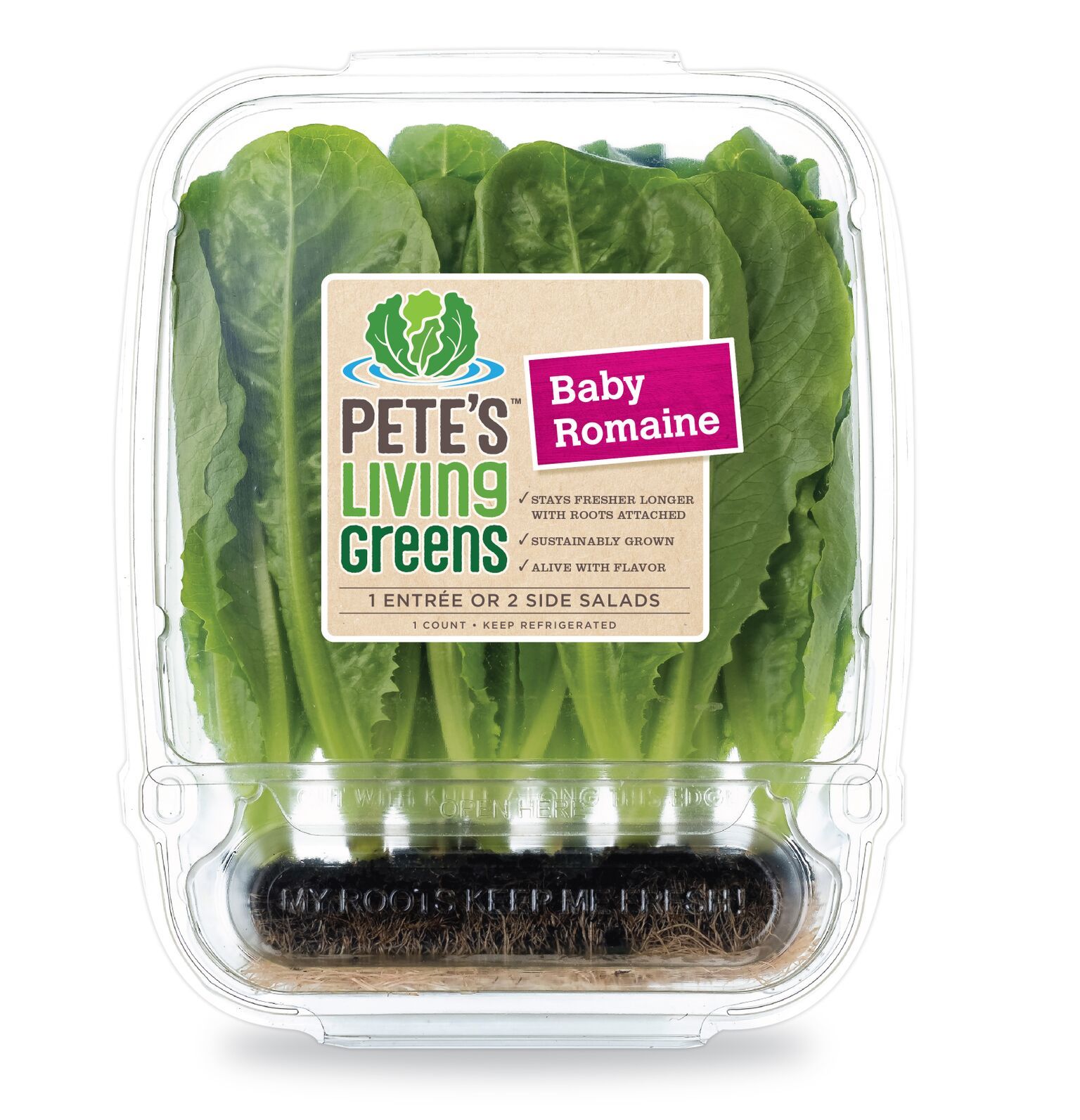
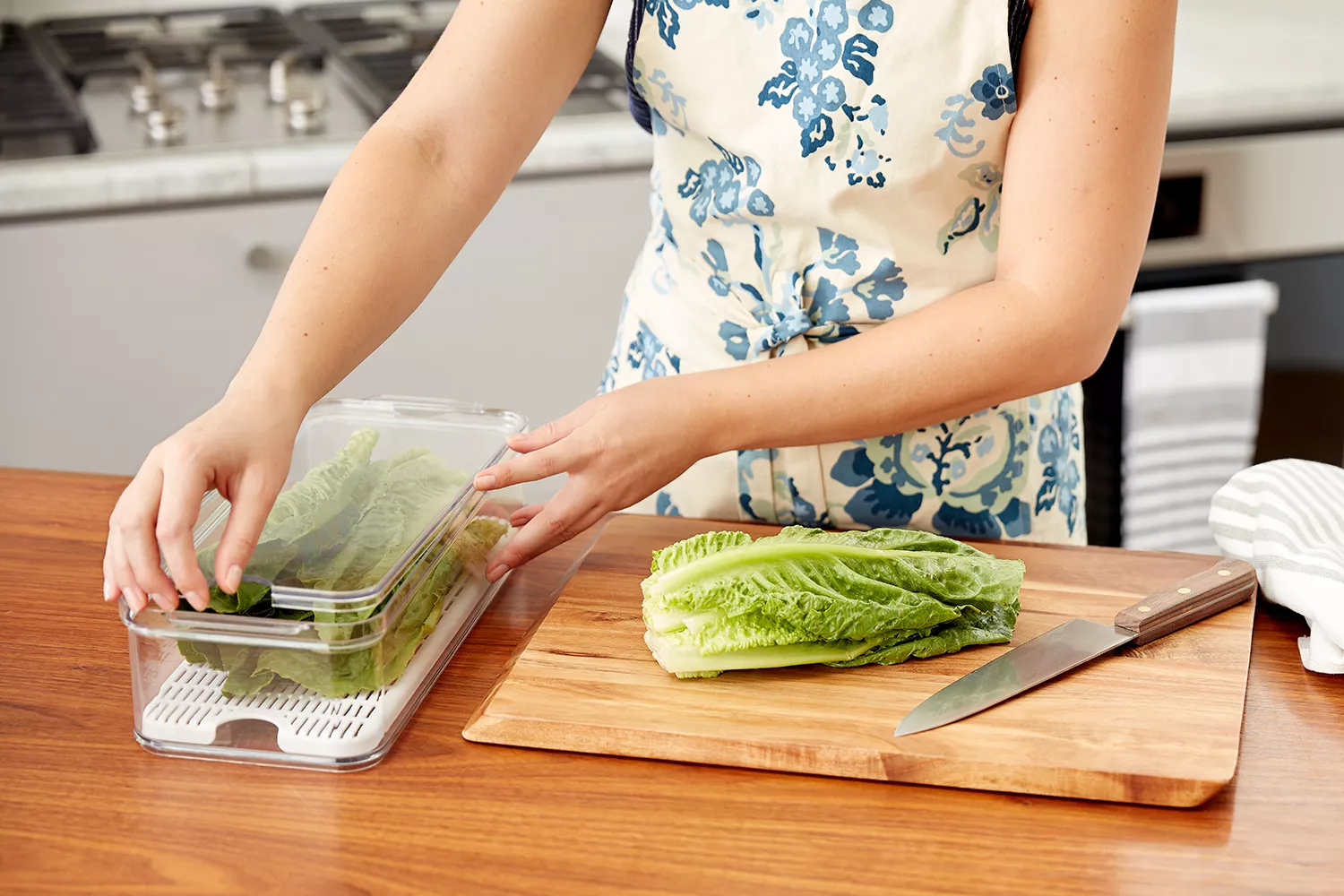
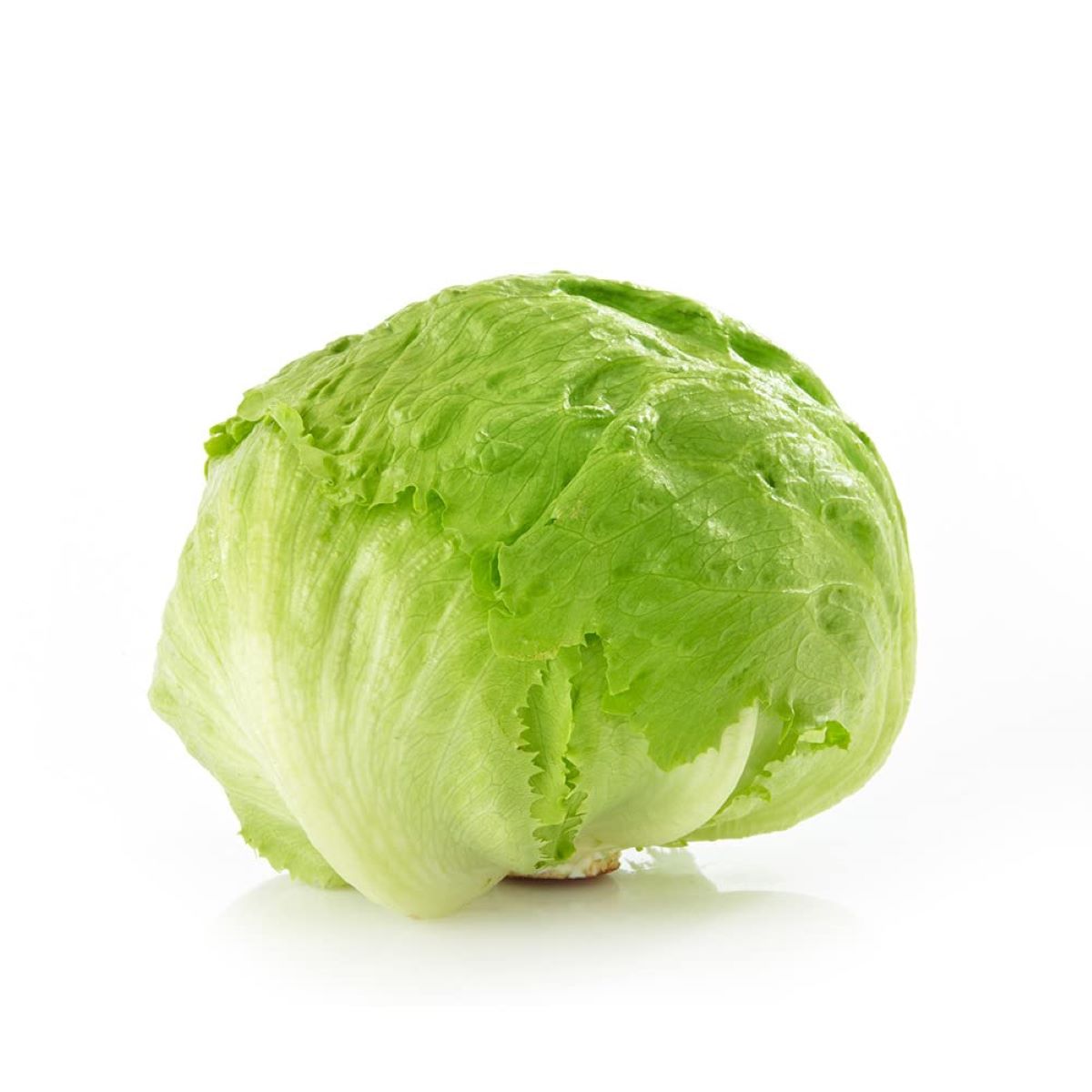
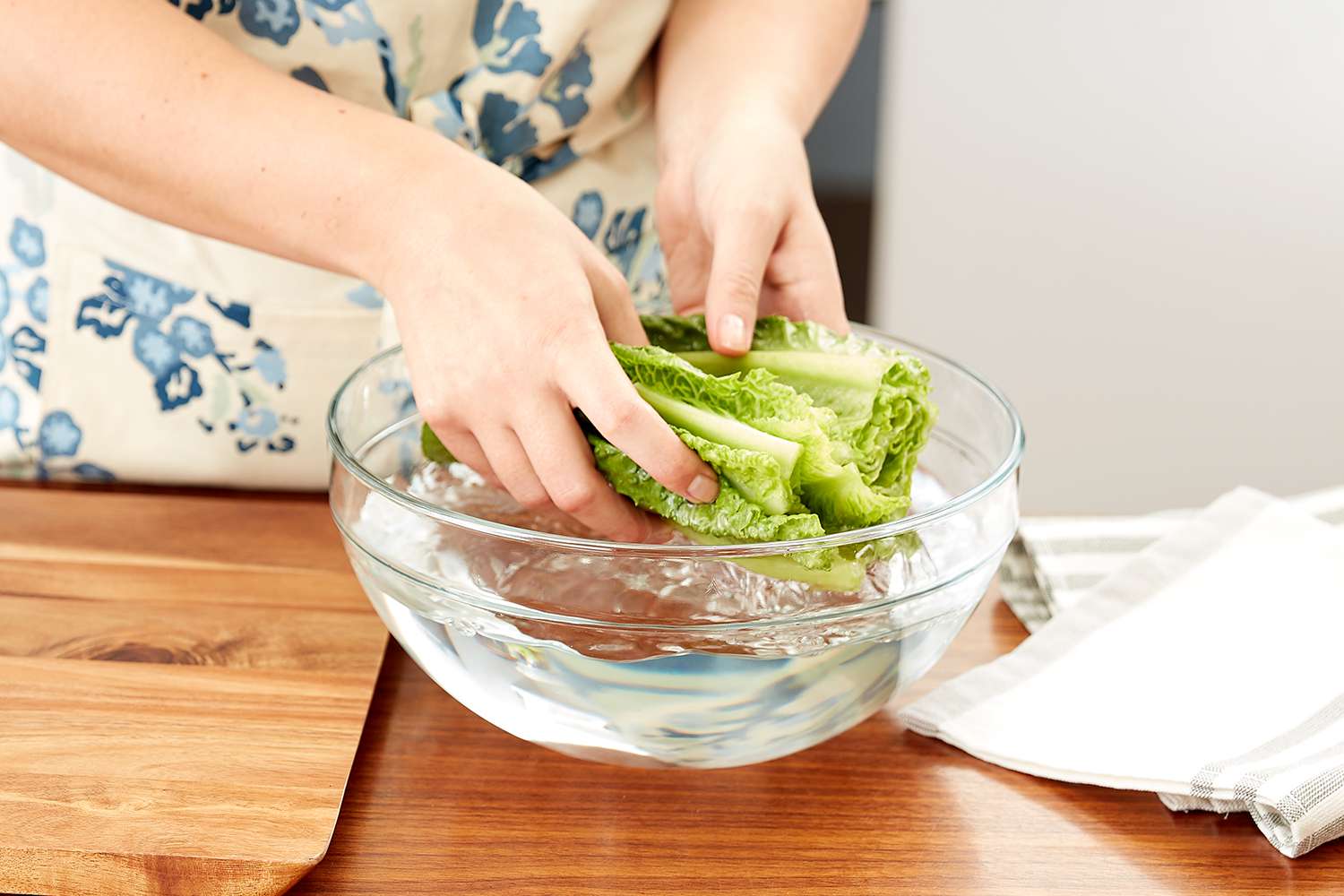



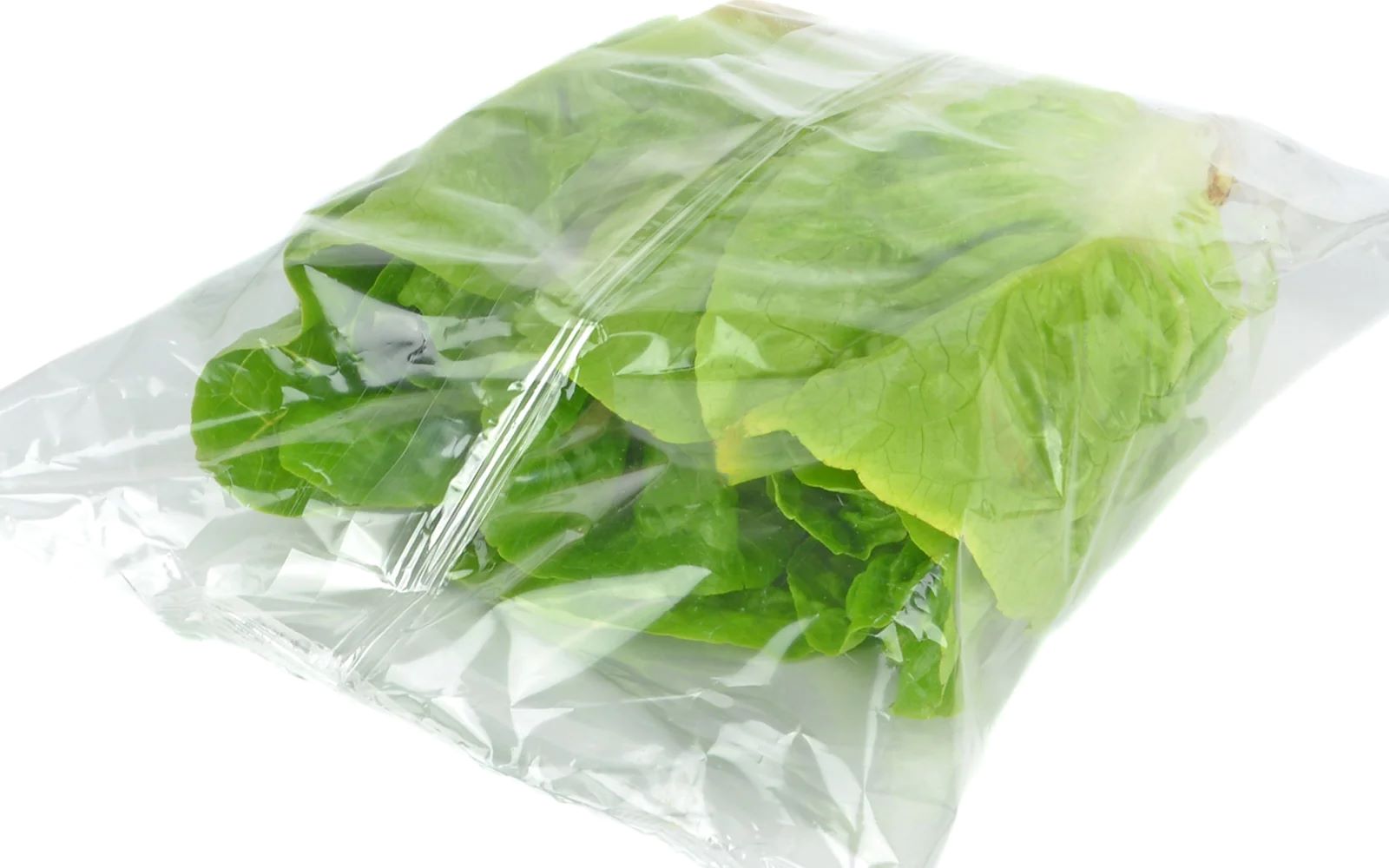
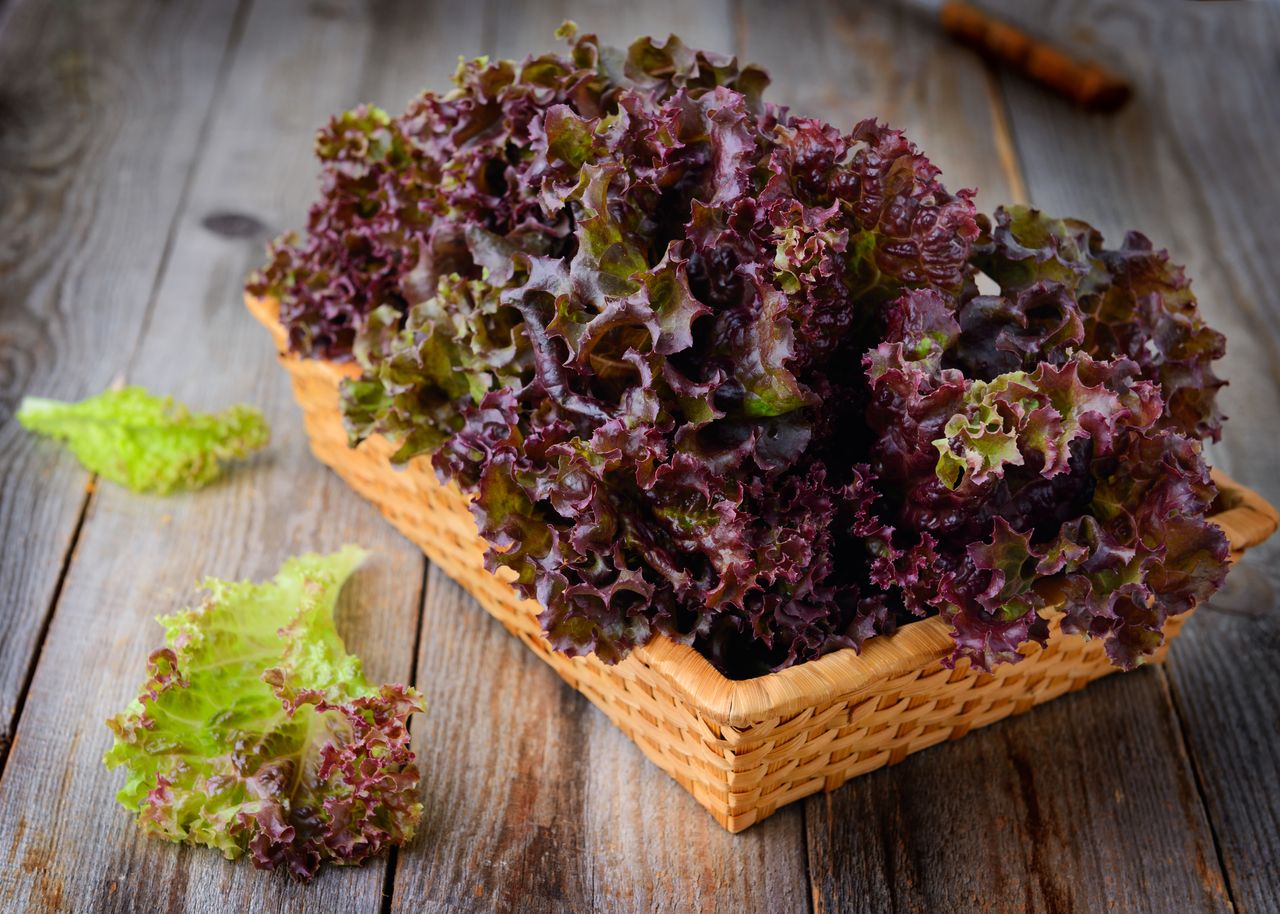
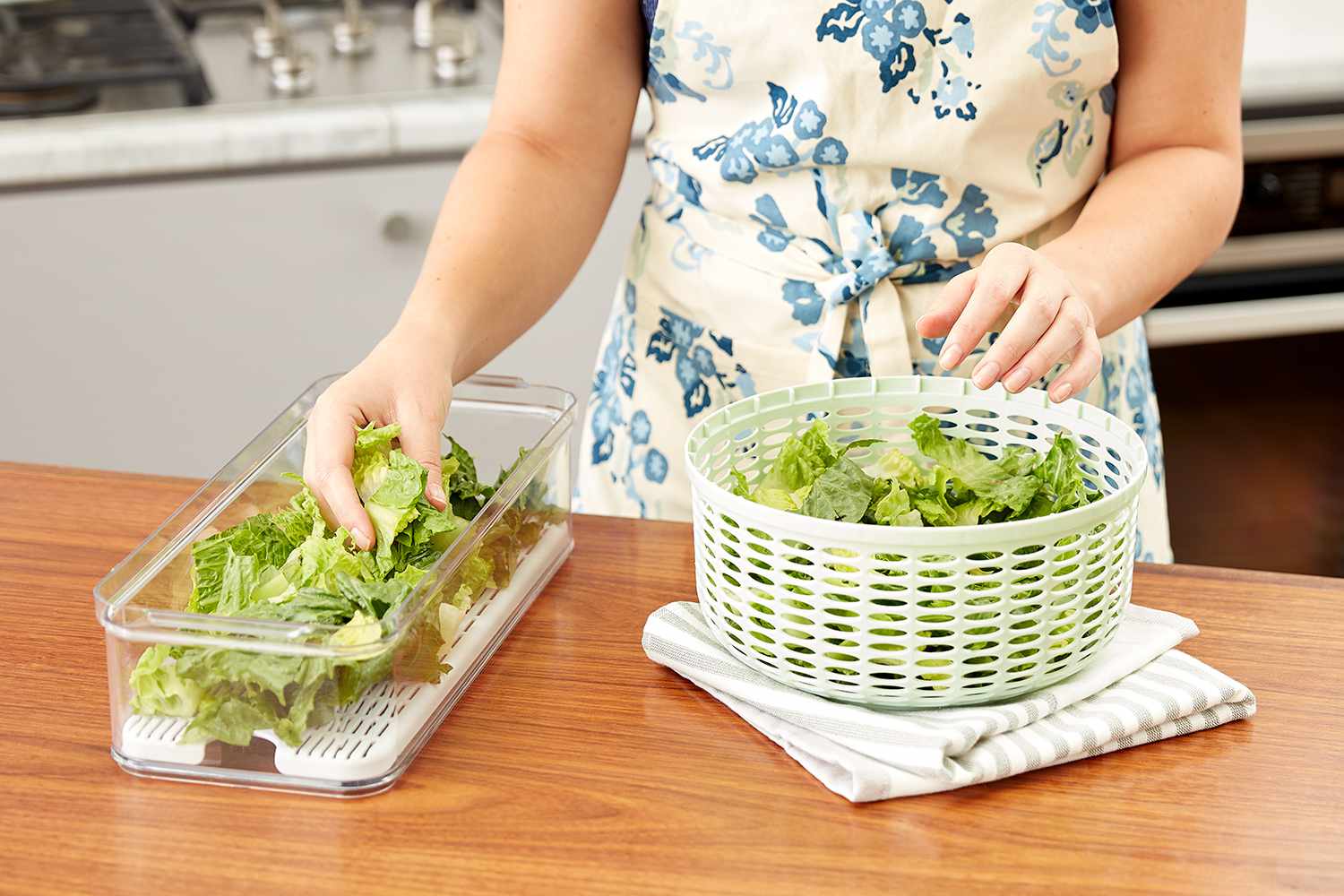
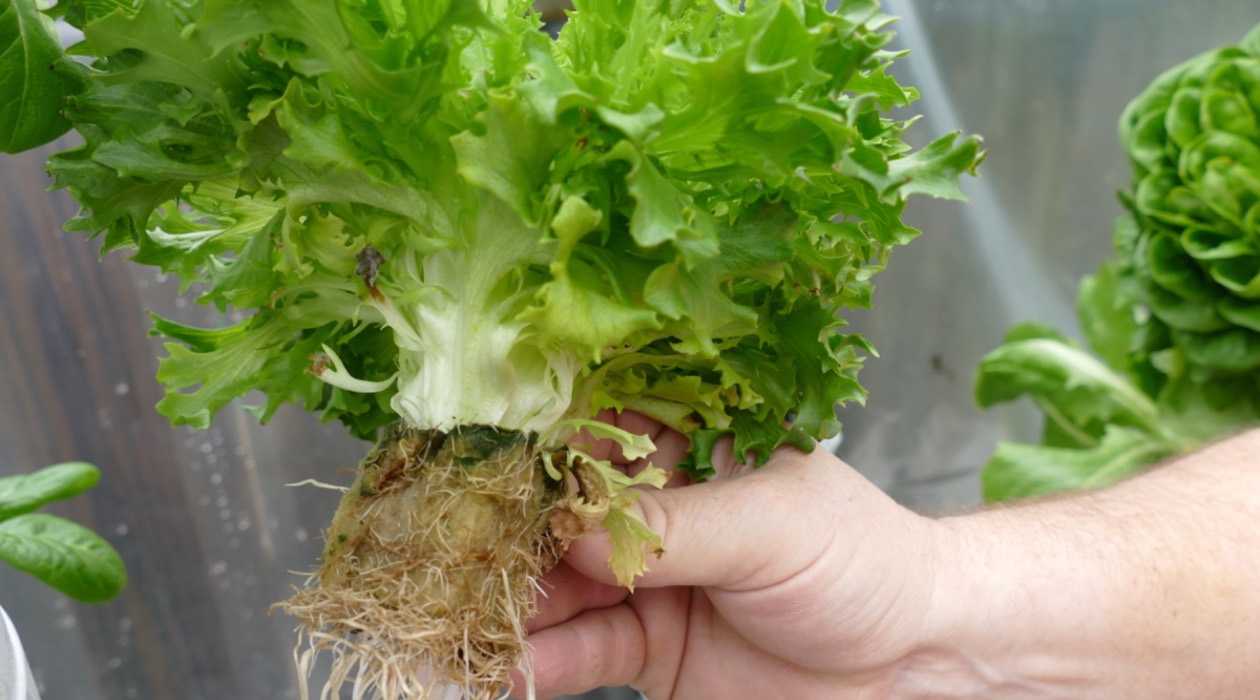

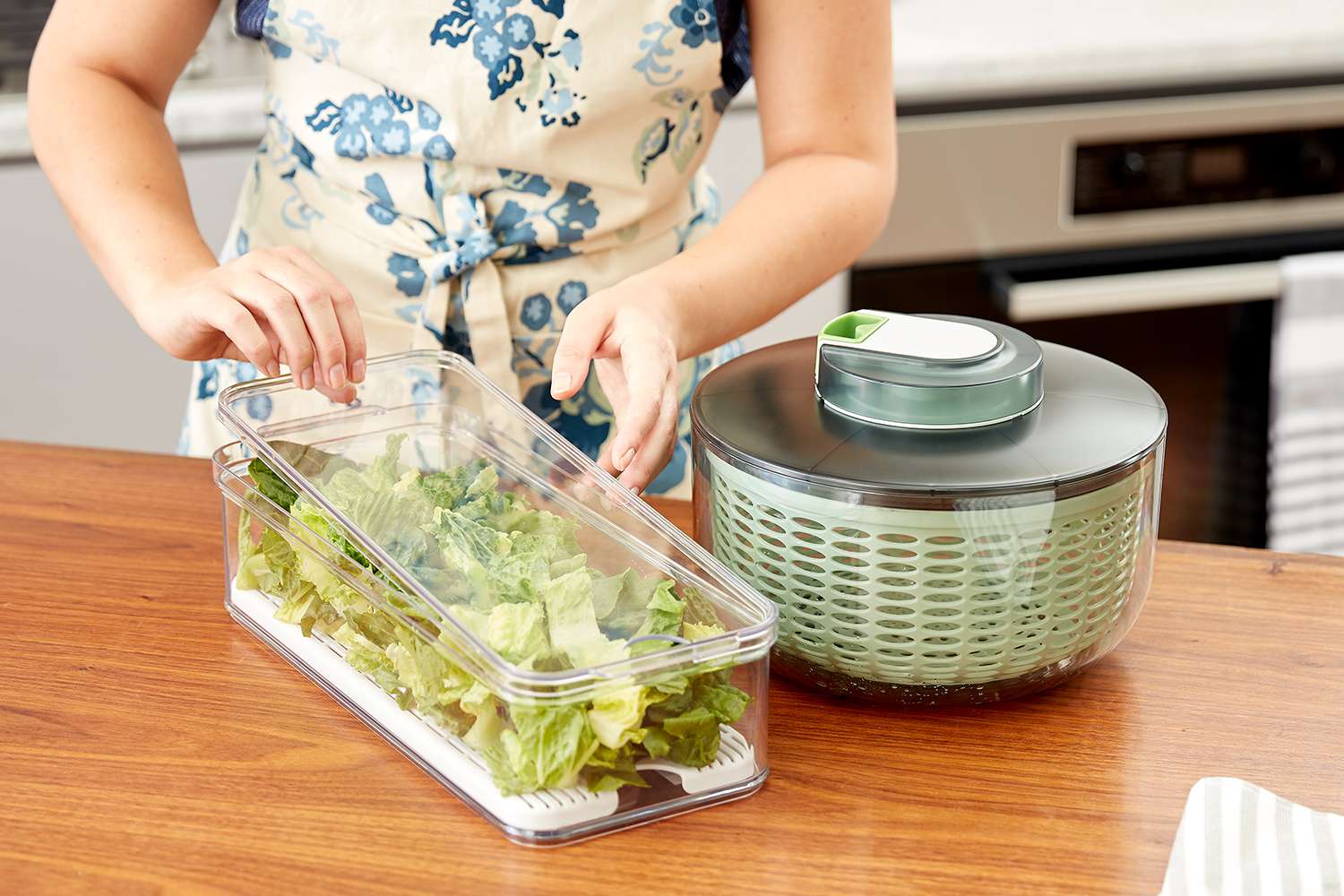

0 thoughts on “How To Store A Head Of Lettuce”